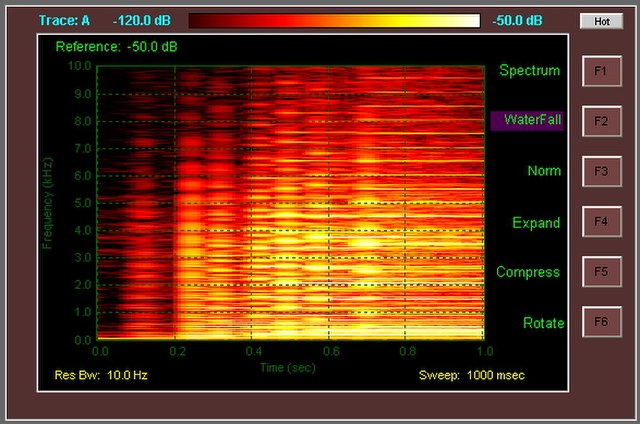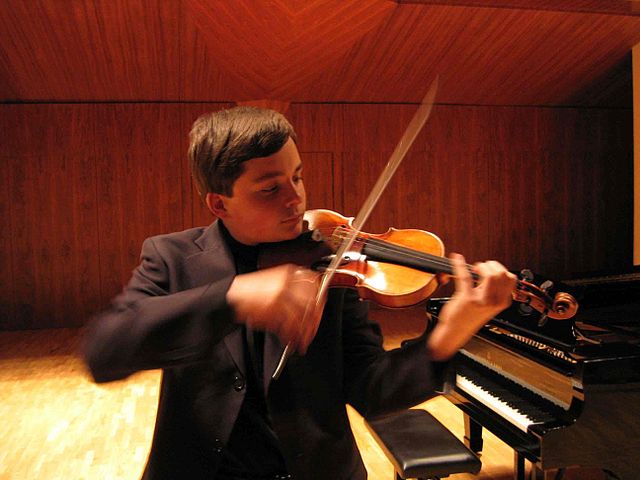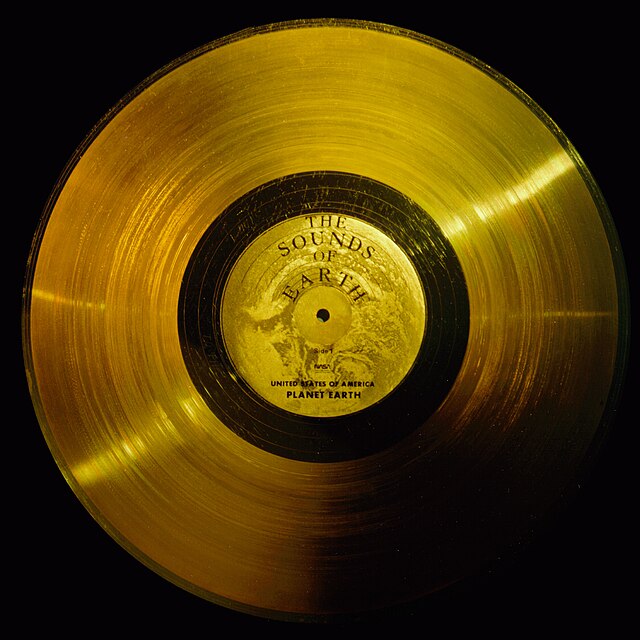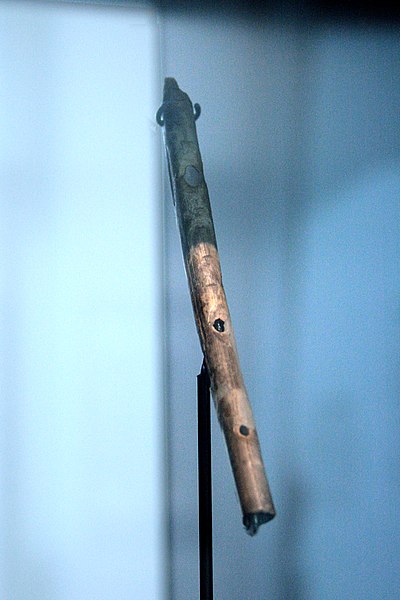Music theory is the study of the practices and possibilities of music. The Oxford Companion to Music describes three interrelated uses of the term "music theory": The first is the "rudiments", that are needed to understand music notation ; the second is learning scholars' views on music from antiquity to the present; the third is a sub-topic of musicology that "seeks to define processes and general principles in music". The musicological approach to theory differs from music analysis "in that it takes as its starting-point not the individual work or performance but the fundamental materials from which it is built."
Barbershop quartets, such as this US Navy group, sing 4-part pieces, made up of a melody line (normally the second-highest voice, called the "lead") and 3 harmony parts.
Spectrogram of the first second of an E9 chord played on a Fender Stratocaster guitar with noiseless pickups. Below is the E9 chord audio:
A violinist performing
A Classical piano trio is a group that plays chamber music, including sonatas. The term "piano trio" also refers to works composed for such a group.
Music is the arrangement of sound to create some combination of form, harmony, melody, rhythm, or otherwise expressive content. However, definitions of music vary depending on culture, though it is an aspect of all human societies and a cultural universal. While scholars agree that music is defined by a few specific elements, there is no consensus on their precise definitions. The creation of music is commonly divided into musical composition, musical improvisation, and musical performance, though the topic itself extends into academic disciplines, criticism, philosophy, psychology, and therapeutic contexts. Music may be performed using a vast range of instruments, including the human voice to sing, and thus is often credited for its extreme versatility and opportunity for creativity.
Grooved side of the Voyager Golden Record launched along the Voyager probes to space, which feature music from around the world
In Greek mythology, the nine Muses were the inspiration for many creative endeavors, including the arts, and eventually became closely aligned with music specifically.
Bone flute from Geissenklösterle, Germany, dated around c. 43,150–39,370 BP.
Indian women dressed in regional attire playing a variety of musical instruments popular in different parts of India








